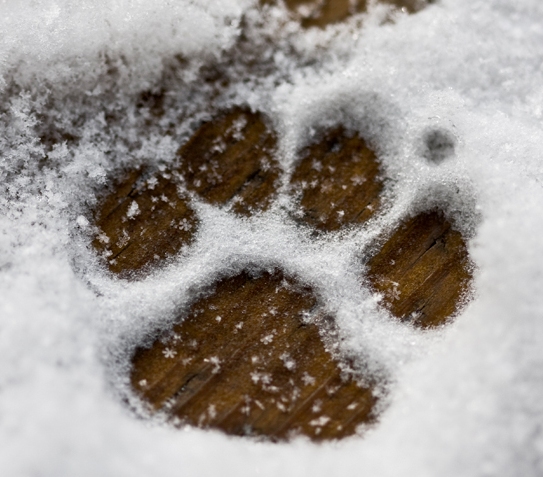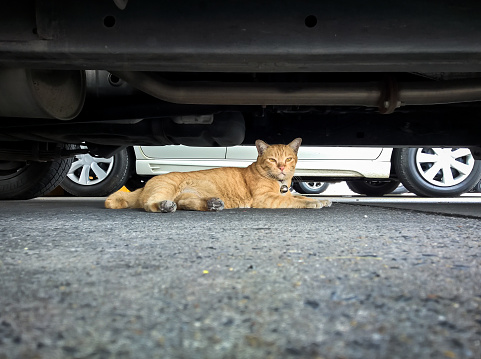12 Cold Weather Safety Tips for Pets

When the weather outside is frightful, these winter pet tips can keep your precious pets snug, safe, and warm.
1. Winter wellness: Has your pet had his/her preventive care exam (wellness exam) yet? Cold weather may worsen some medical conditions such as arthritis.
2. Know the limits: Just like people, pets’ cold tolerance can vary from pet to pet based on their coat, body fat stores, activity level, and health. Be aware of your pet’s tolerance for cold weather, and adjust accordingly.
3. Provide choices: Just like you, pets prefer comfortable sleeping places and may change their location based on their need for more or less warmth. Give them some safe options to allow them to vary their sleeping place to adjust to their needs.
4. Stay inside. Cats and dogs should be kept inside during cold weather. It’s a common belief that dogs and cats are more resistant than people to cold weather because of their fur, but it’s untrue. Some may be more tolerant but no pet should be left outside for long periods in below-freezing weather.
5. Feed a little more. Pets burn extra energy by trying to stay warm in wintertime. Feeding your pet a little bit more during the cold weather months can provide much-needed calories. Also, make sure she has plenty of water to drink will help keep her well-hydrated and her skin less dry.

Outdoor cats may seek shelter in or around your car. Make it a habit to check for feline hitchhikers.
6. Make some noise: A warm vehicle engine can be an appealing heat source for outdoor and feral cats, but it’s deadly. Check underneath your car, bang on the hood, and honk the horn before starting the engine to encourage feline hitchhikers to abandon their roost under the hood.
7. Check the paws: Check your dog’s paws frequently for signs of cold-weather injury or damage, such as cracked paw pads or bleeding. You may be able to reduce the chance of iceball accumulation by clipping the hair between your dog’s toes.
8. Play dress-up: If your dog has a short coat or seems bothered by the cold weather, consider a sweater or dog coat.
9. Fur is warmth. Never shave your dog down to the skin in winter, as a longer coat will provide more warmth. If your dog is long-haired, simply trim him to minimize the clinging ice balls, salt crystals and de-icing chemicals that can dry his skin, and don’t neglect the hair between his toes
10. Wipe down: During walks, your dog’s feet, legs and belly may pick up deicers, antifreeze, or other chemicals that could be toxic. When you get back inside, wipe down (or wash) your pet’s feet, legs and belly to remove these chemicals and reduce the risk that your dog will be poisoned after (s)he licks them off of his/her feet or fur.
11. Icy Dangers: Antifreeze is poisonous to pets. Pour cat litter over any spills to soak up the liquid, then sweep up and dispose of it. Ice-melting products can also irritate animals’ skin, or upset their stomach if ingested. Choose a pet-safe variety for outdoor walkways, and always wipe down your pet’s paws and belly after walks to remove any chemicals or ice on his fur.
12. Be prepared: Cold weather also brings the risks of severe winter weather, blizzards and power outages. Prepare a disaster/emergency kit, and include your pet in your plans. Have enough food, water and medicine (including any prescription medications as well as heartworm and flea/tick preventives) on hand to get through at least 5 days.
